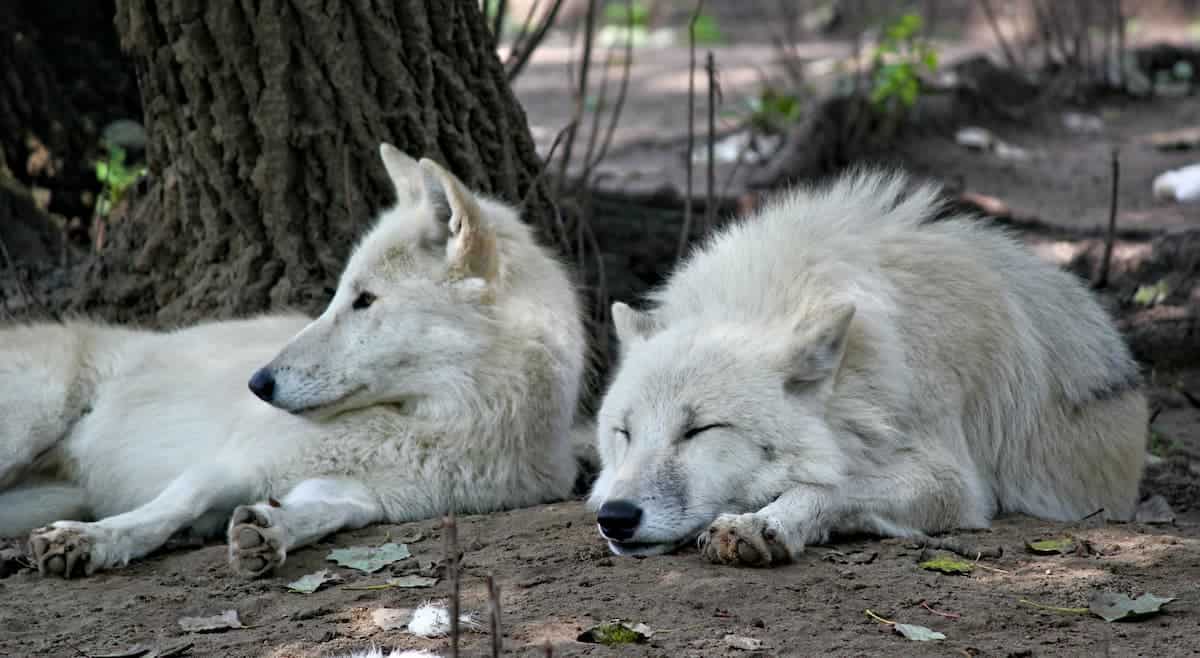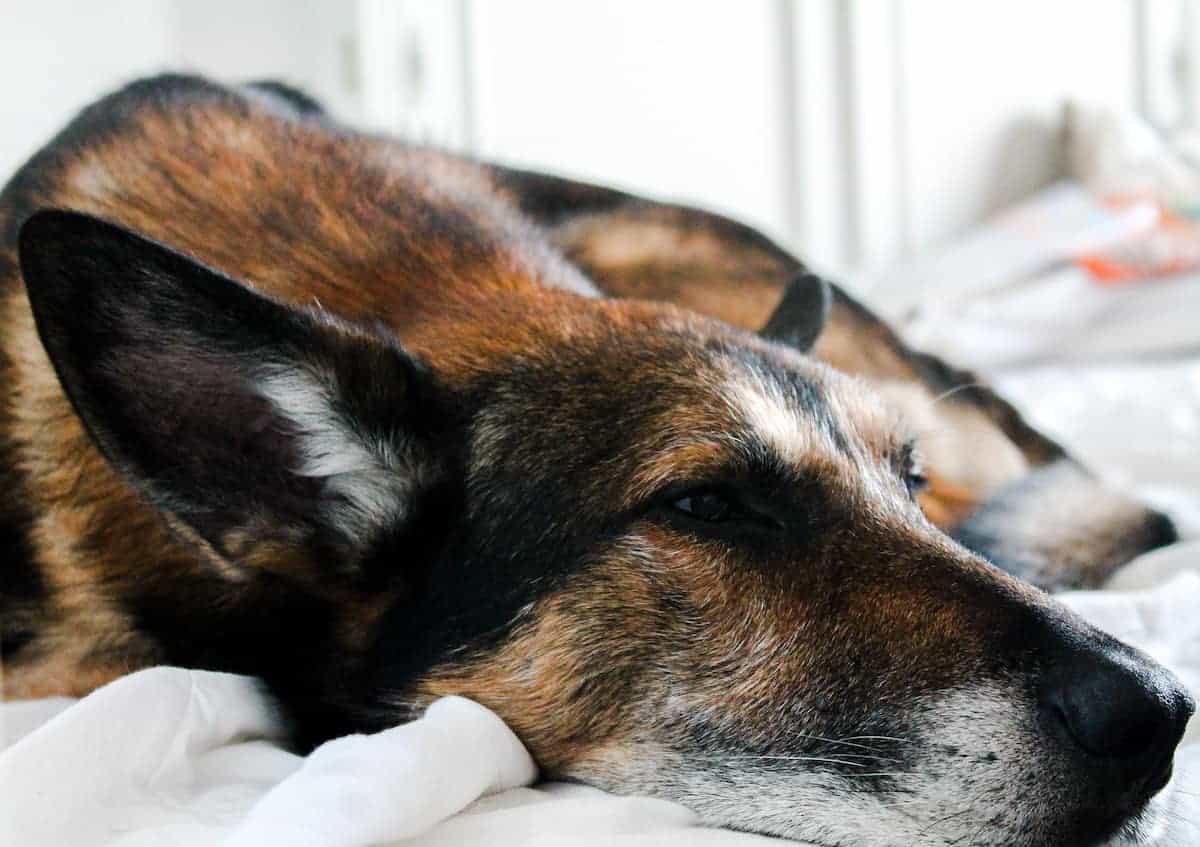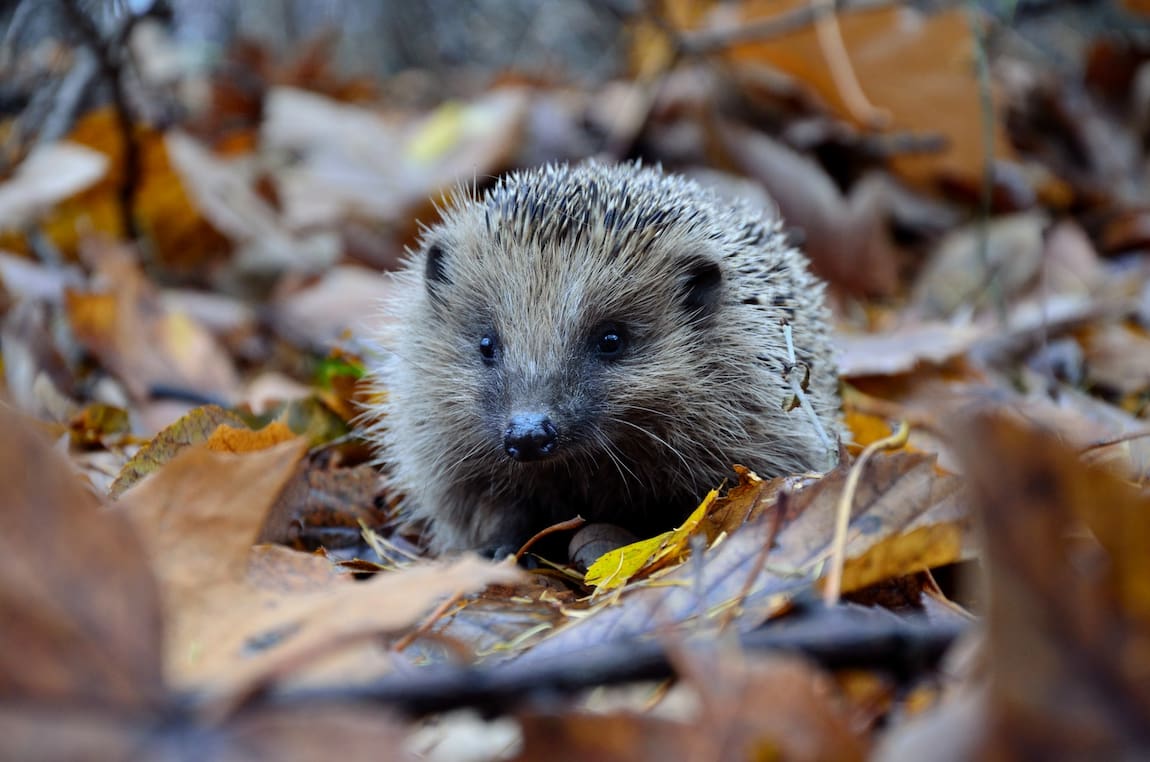Wolves are social creatures that do everything together, from hunting and raising pups to sleeping – everything is done together as a pack. When it comes to understanding where wolves sleep, learning about their sleeping patterns and behaviors will help to make sense of why they sleep where they do.
Wolves are nomadic, and this means they don’t have one specific place to sleep. Instead, wolves have various safe spaces called dens across their territory that they sleep in, most often during the day, especially when it’s sweltering.
Because wolves are always on the move, there are many different places where the pack hunkers down to rest. Let’s look at the behaviors and patterns that dictate where wolves sleep.
Wolf Sleeping Patterns
To know why wolves sleep where they do, we need to understand the sleeping patterns of wolves first. And, since they are pack animals that very rarely live and travel alone, where and how they sleep is all linked to the group.
Wolves are nocturnal, which means that they will travel and hunt mostly during the night and spend their daylight hours resting. But, since daytime is often when other predators are on the prowl, they don’t necessarily sleep deeply for long periods.
Power naps are essential to wolves to recharge their energy, make sure they can hunt later on, and protect each other from harm – especially during birthing season. So, while they don’t have a proper schedule, the general rule of thumb is that wolves will find a safe space to sleep during the day, especially when temperatures are high.
Most of the time, wolves will take a break to sleep for extended periods when they have just fed, as the food needs time to metabolize, and the wolves need to recover the energy they spent during the hunt.
Sleeping Behavior and Nuances
Since wolves are constantly moving around their territory, we can understand that where they sleep is not limited to one specific place. Another essential thing to know about wolf behavior is the nuances that are specific to wolf mentality.
As pack animals, the leaders – called alpha wolves – are the ones who set the pace for traveling and will decide when it’s time to slow down and rest. This is important to remember because it is the alpha wolves who determine where the wolves will sleep and for how long, based on the performance and health of the other pack members.
Alpha wolves know their territories, which can be hundreds of square miles, and they know which areas are safe to sleep in. The pack will abide by the alpha’s decision, even though lower-ranking wolves (called omega wolves) will sometimes sleep away from other pack members.
Once the pack has found a safe space to sleep, the wolves will settle down close together for safety, often with the pups or vulnerable pack members in the safest part of the den for protection. Like dogs, wolves curl up into balls when they sleep, tucking their noses under their tails when it’s cold, or stretch out a little more when it’s warm.
The only time wolves will stay awake for extended periods is when a litter of puppies has been born – as the pups need sleep to grow, the parent wolves remain awake and alert for protection. This is important because when it’s birthing season, the place where wolves sleep becomes even more critical.
So, Where Do Wolves Sleep?
Wolf territories can range in size from around 50 square miles to 1,000 square miles, which means there are hundreds of different places where wolves sleep as they travel. Wolves use these sleeping areas or dens repeatedly whenever they travel into these areas. Wolves defend this territory from other packs, and they preserve this area because this is where they hunt and breed.
When alpha wolves decide on rest or sleep areas, there are a few things they consider when setting up a safe den. Of course, this differs vastly depending on the type of habitat, from desert to tundra. The commonalities include::
- Safety: The den is usually on a hill or elevated area where the wolves can easily spot threats. Wolves will often dig out little rooms or nooks, especially when it is birthing season, to keep the puppies safe.
- Convenience: Dens and sleeping quarters are usually located close to a water source, so an elevated riverbank is an ideal spot.
- Food source: Sleeping spots will not be too far away from potential sources of food. If there is sufficient prey nearby, such as herds of deer, this makes for a suitable den, especially when raising pups.
- Shelter from the elements: Wolves will try to find a place to sleep that protects them from the elements as far as possible. Some, like Arctic wolves, will make use of existing caves or outcrops to shelter in. This is especially important in areas covered by thick ice where the wolves can’t dig down into the soil to create dens. In less icy regions, wolves will find places to dig or scratch to make themselves comfortable.
- Size: As wolves rely on each other for safety and warmth, den areas have to be spacious enough to accommodate the entire pack wherever they choose to sleep.
Conclusion
Wolves live their lives on the move as a group, which means that wherever they sleep has to accommodate the entire pack and be convenient for them to regain their energy. So, the places where wolves sleep must tick the boxes for safety, proximity to food and water, and shelter from the elements.
Alpha wolves decide when and where to sleep, which often includes daytime napping to avoid harsher temperatures, as hunting and traveling occur at night.
Depending on the environment, dens can be existing structures like caves or outcroppings or dug-out dens used repeatedly as the pack travels through their territory. And, while the whole group generally sleeps together during the daytime, in seasons where pups are born, the adult wolves give up their sleeping hours to protect the little ones.





